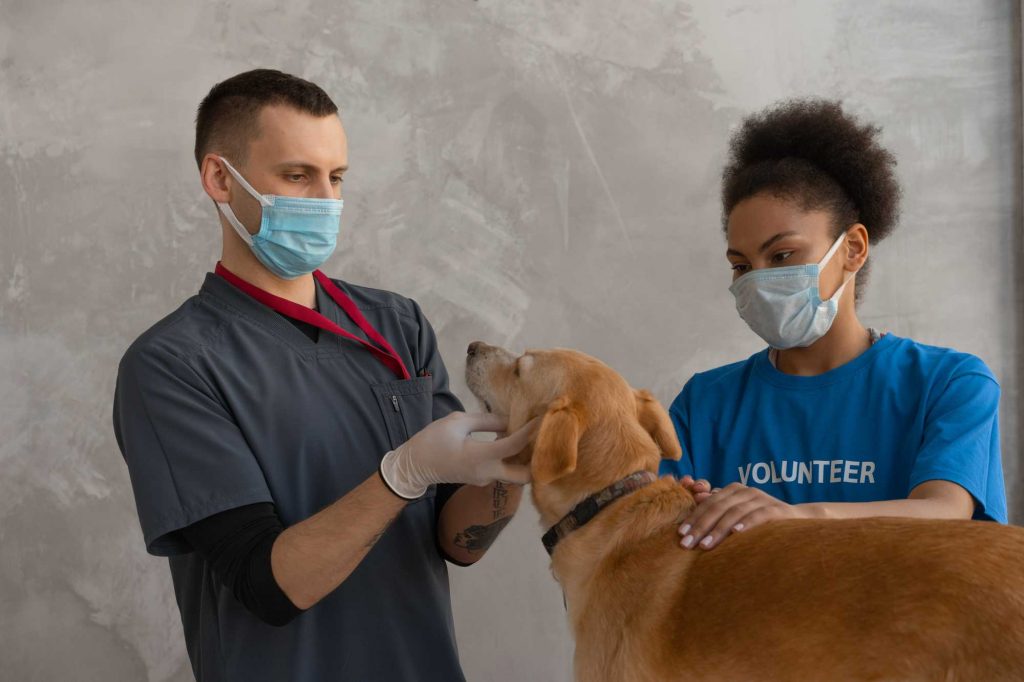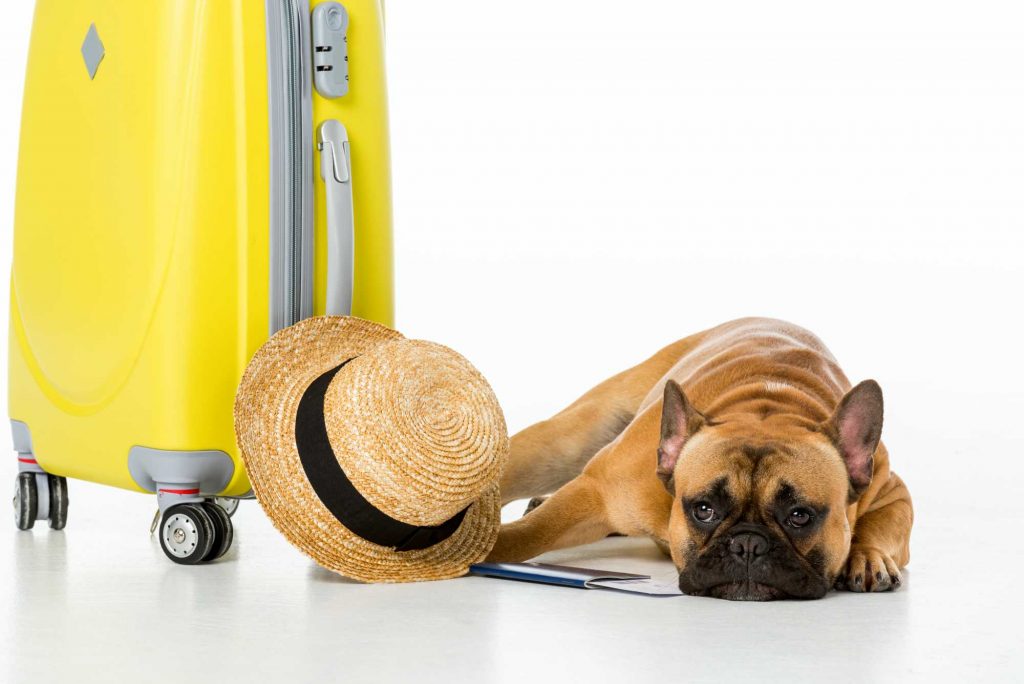Travelling abroad with pets — the essential guide to moving with pets
Moving your family to a new country can be a complicated process, even more so if you are intending on travelling abroad with pets!
For pets, the process can prove particularly stressful with lots of different changes to take in, many of which can be deeply unsettling.
With a little bit of added reassurance and careful planning, it need not be an ordeal!
You and your pets can arrive safely at your new home ready to acclimatise and enjoy their new surroundings.
We have attempted to simplify the process somewhat by gathering some useful guidance and tips to aid you through the process, including specific information on travelling abroad with pets.

Your Pet’s Health
Regardless of how your pets will be moving — whether by car or airline— you should first check your pet’s fitness to travel. Your first port of call should therefore be to have them checked out by a veterinarian and arrange to receive copies of all their health records.
It’s also a good idea to register with a new vet before you leave so that the transfer of these records is seamless, and your pet is able to receive care straightaway should they require it.

Preparing your pet for travel
By the time moving day comes around, you’re likely to have your hands full with plenty to do. If you have decided your pets are going to be travelling with you it’s a good idea to plan this in advance.
For domestic pets such as cats and dogs, it’s a good idea if you haven’t already got them one, to obtain a collar with your details engraved on it. You can often get this done if you have them microchipped at the vet.
When it comes to moving day itself, try and pack up the room where the pet sleeps or spends most of its time last. Inform the removals team dealing with your move of this and ensure your pet is comfortable with access to food, water, basket/bedding and a favourite toy.
If you’re transporting smaller aquatic pets such as goldfish, clean out their tank ahead of moving day and ensure you have bags and sturdy boxes, such as the ones they were sold in. When you arrive you should set this up as quickly as possible and reintroduce them in the same way you would as if they were arriving home for the first time, with pumps and filters fully running.
Kennels
With some types of pets, it might not be practical to have them travel with you. Depending on the whereabouts of your new home it might be a good idea therefore to arrange in advance to have a kennel or a family member/friend mind your pet(s) while you travel.
You can arrange to pick them up or have them transported to your new home once settled later. Obviously, the quicker you do this the better it is for the pet to acclimatise to its new home.

Moving pets internationally
If you’re planning on moving your pet abroad with you there are a whole host of additional considerations to bear in mind. The most common of which often include requirements to obtain the relevant documentation and have them inoculated with the necessary vaccines prior to travel.
Certain questions you will need to ask include:
What paperwork will my pets need?
Are all their inoculations up to date, and if so, do they need any further ones?
How are my pets travelling, do they require any special arrangements?
Legal requirements
Each country will have its own set of import requirements that must be satisfied. Possible requirements may include import permits, microchips, mandatory vaccinations, blood tests.
Some countries, such as Australia have very strict quarantine laws and operate mandatory quarantine periods on arrival. In these instances, you will need to make arrangements to ensure the relevant authority can pick up your pets at the other end.
Note also that if you’re travelling overland to your final destination via another country — for example through France to get to Spain — then you may well need to satisfy that country’s import requirements also. It’s always worth checking before you travel.
Coming Back to the UK
The Pet Travel Scheme (PETS) allows dogs, cats and other common pets to re-enter the UK from certain countries without quarantine as long as they comply with certain regulations.
The first requirement is that you should have had a Pet Passport issued before you left. Secondly, a rabies blood test should have been carried out. If the pet is returning from an ‘approved country’ it can return to the UK without going through the quarantine process.




